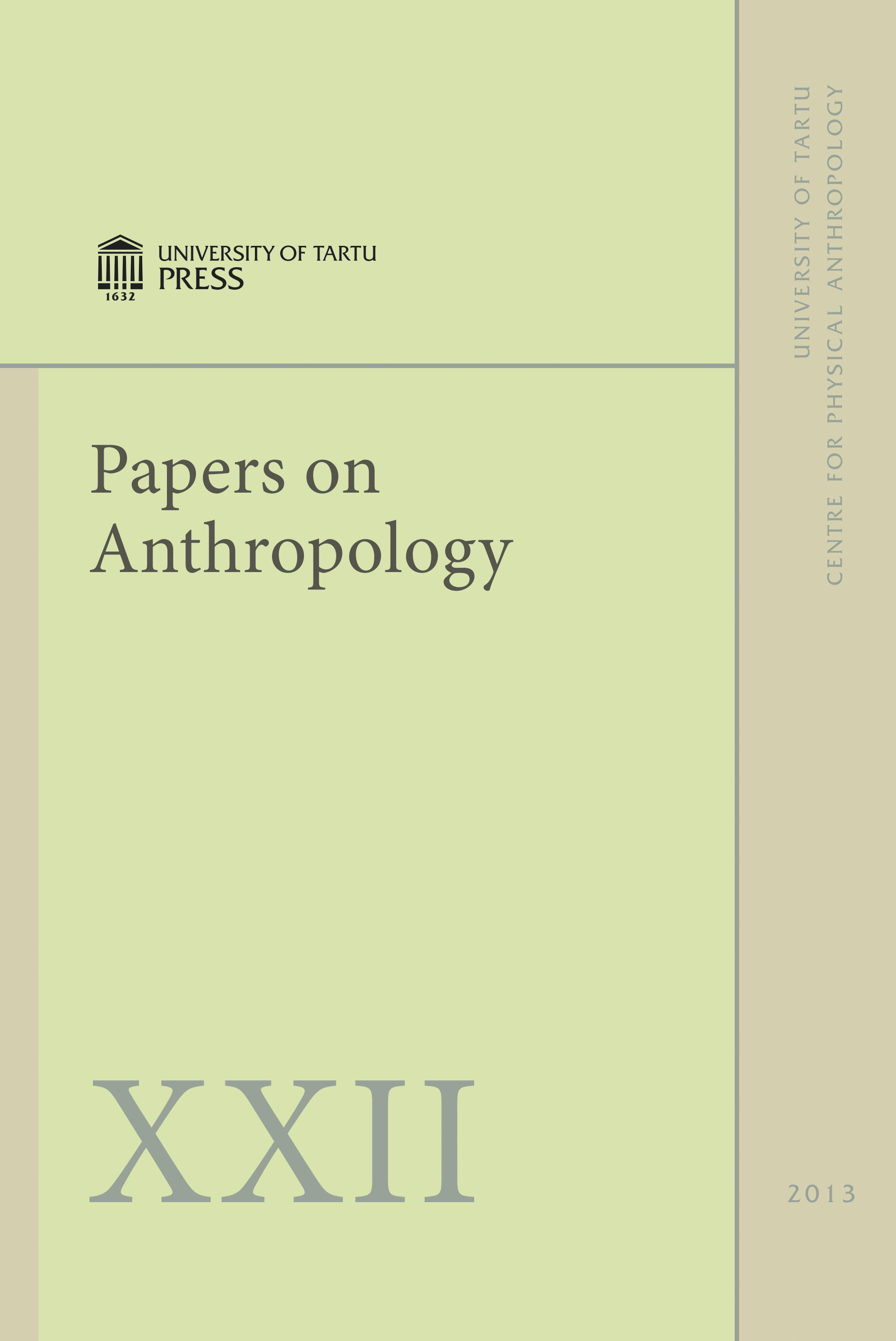Development of jumping ability and its influence on the proficiency of attack in the female volleyball team of Tallinn University in the 2012/2013 season
DOI:
https://doi.org/10.12697/poa.2013.22.21Keywords:
female volleyballers, anthropometry, jumping ability, attacking efficencyAbstract
The aim of this study was to improve the jump performance of the Tallinn University female volleyball team and to examine the relation between the development of jump performance and attack performance.
The study examined 10 female Premier League volleyball players, aged 21.3±2.4 years and with 11.3±2.5 years of experience from Tallinn University during the 2012/2013 season. Anthropometric measuring (height, weight and 9 circumferences), jump performance testing and attack efficiency recording were carried on all the players. After testing and analysis, the players participated in A.V. Belyayev and L.V. Bulykina’s jump performance training programme, which is developed exclusively for volleyball players [1]. After the 54-day training programme, anthropometric measuring, jump performance testing and attack efficiency recording were carried out again to examine the results of the programme.
The study fulfilled its objective. As a result of the jump performance training programme, the average results improved by 4 cm for the standing jump and reach and by 5 cm for the running jump and reach. The changes were statistically significant. Evaluation of the attack efficiency before and after the programme showed that attack efficiency, attack proficiency and points scored per game had also improved. However, these changes were statistically insignificant compared to the team’s average data. The main differences between anthropometric measurements before and after the jumping performance programme were found in weight (before 71.7 kg and after 70.2 kg); the mean waist circumference decreased by 2 cm and the mean hips circumference by 0.9 cm. A check-up by the t-test showed that the changes in the mean anthropometric measurements of the team were statistically insignificant.

